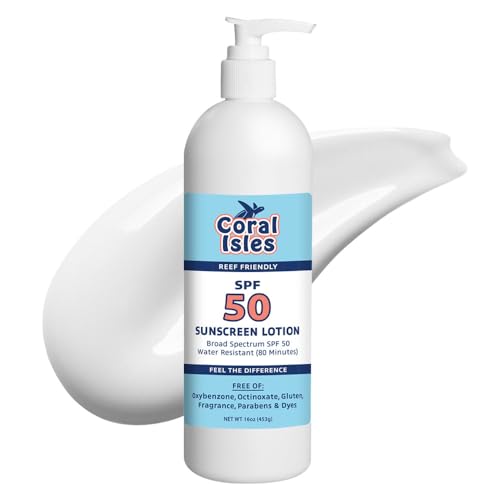Jan
Well-known member
I have read quite a few threads about Cyano and I've found contradictory information about what is the fuel source this bacteria.
Alternate Fuel source theories:
1. elevated phosphate
2. elevated "nutrient" (i.e. don't overfeed)
3. elevated nitrate
4. elevated carbon bi-product, unrelated to phosphate or nitrate
So, what's the truth? I have cyano covering one large base rock and I can't get it to go away in spite of good skimming (ATO Bubblemaster 200), good flow (4 tunze 6045's on a 125 gallon tank), and regular water changes. I have a phosphate reactor going and GAC in a filter bag, too.
Not sure how I'm going to identify the cause.
Alternate Fuel source theories:
1. elevated phosphate
2. elevated "nutrient" (i.e. don't overfeed)
3. elevated nitrate
4. elevated carbon bi-product, unrelated to phosphate or nitrate
So, what's the truth? I have cyano covering one large base rock and I can't get it to go away in spite of good skimming (ATO Bubblemaster 200), good flow (4 tunze 6045's on a 125 gallon tank), and regular water changes. I have a phosphate reactor going and GAC in a filter bag, too.
Not sure how I'm going to identify the cause.
Last edited:


































































